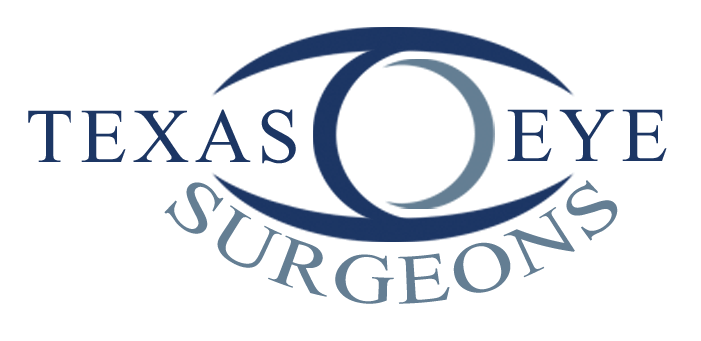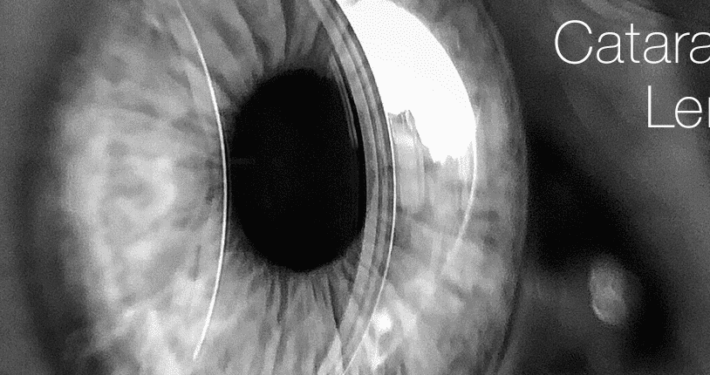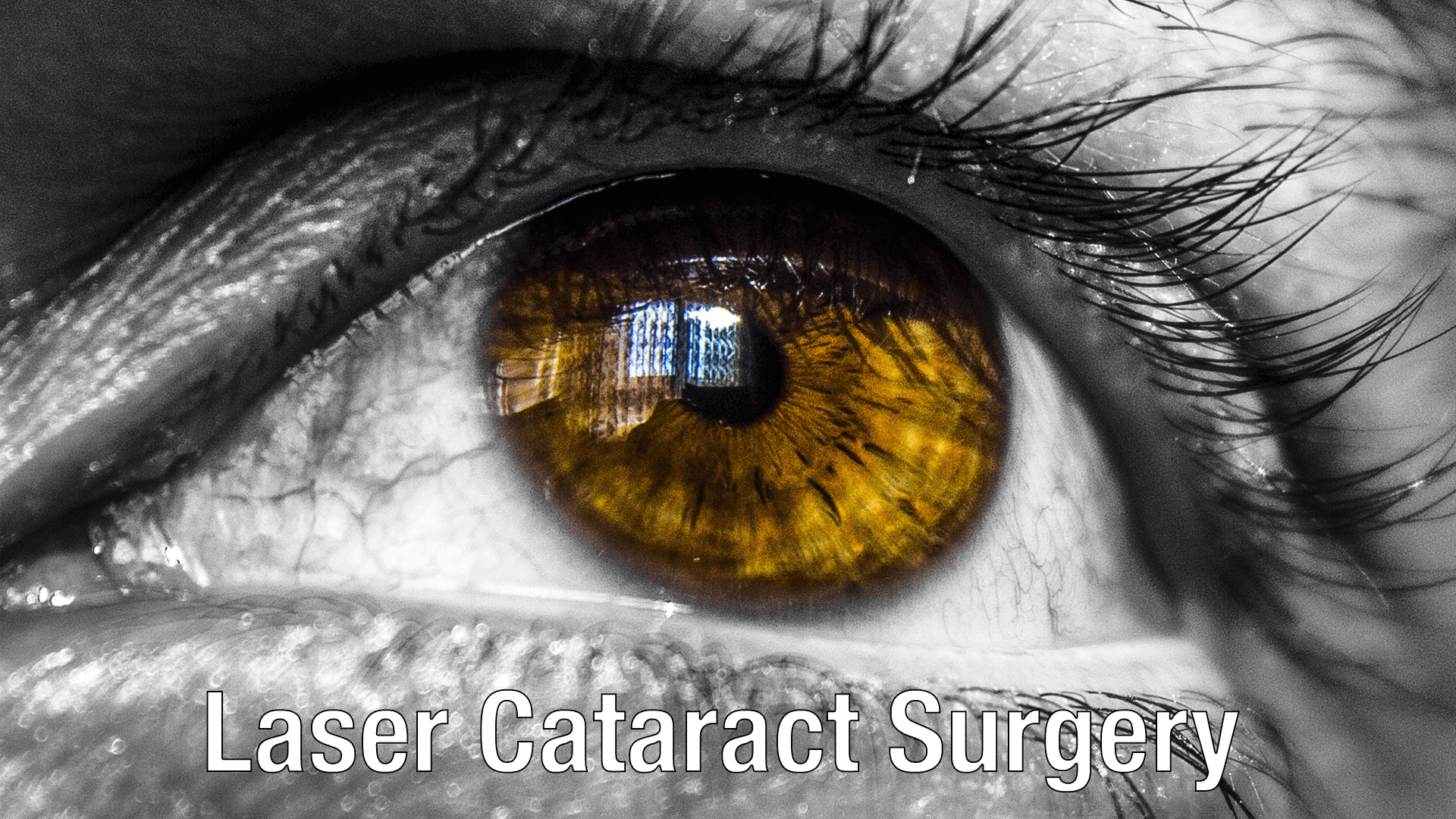Laser Cataract Surgery
Has your vision been growing steadily worse due to a common condition known as cataracts? Cataracts can transform your eyesight from its accustomed clarity to a dim, blurry, distorted view of the world. If you’re struggling with this leading cause of blindness, you should know that you don’t have to lose your vision to it. Here at Texas Eye Surgeons, you can receive cataract surgery and post-surgical care from our Plano ophthalmologist, Dr. Ali.
See Our Ophthalmologist in Plano for Cataract Surgery
By the time we reach the age of 80, more than fifty percent of people living in the United States will have a cataract or surgery to remove it. Cataracts affect the clear lens of the eye by clouding it and blocking the way light enters the retina. Once the cloud in the lens grows, vision can be impaired. While most mild cataracts can be fixed with corrective eyewear, severe cases will need cataract surgery. At Texas Eye Surgeons in Plano and surrounding areas, our eye surgeon has years of experience in restoring sight to patients who have cataracts.
Related Articles
What Are the Signs Of Cataracts?
Cataracts start out small, and may not show symptoms at first. As it begins to grow, you may experience blurry or cloudy vision. Glare from sunlight or headlights of oncoming cars at night can become a problem. You might start seeing halos around street lights and lamps. Double vision can occur as well, but usually in one eye. Frequent prescription changes in eyewear can also be a sign of cataracts.
Cataracts and Their Treatment
A cataract is an opaque zone in the normally-transparent lens of the eye. This zone is made up of proteins which normally are suspended in the lens tissue so that light can pass through the lens easily. When the proteins start clumping together, that part of the lens loses its transparency. as cataracts grow and thicken, they cause vision problems such as blurriness, color distortion, loss of contrast sensitivity, increased glare sensitivity, and the appearance of distracting patterns around light sources. Cataracts can lead to blindness if they go untreated.
While some cataracts advance at a rapid pace (especially when excessive UV exposure or underlying health conditions are involved), the majority of them don’t start to appear until later life, growing very slowly over a period of years. During these early stages, you may be able to compensate for your cataracts with conservative treatments such as corrective lenses. But once your cataracts get to the point where you can’t correct your vision adequately, you will most likely need to have them surgically removed. The good news is that cataract surgery is quick, painless, and highly successful at restoring vision to its pre-cataract clarity (or even better).
What Does An Ophthalmologist Have to Do to Diagnose Cataracts?
Unless your cataracts are advanced, diagnosis is a simple eye exam. Your eyes may have to be dilated for our eye doctor to see the lens and structures of your eyes. Our eye surgeon may measure how well you can see at a distance with a visual acuity test and may use an instrument like tonometry to see the pressure in your eyes.
What to Expect During Cataract Surgery?
Your eye surgeon will numb your eye first, and then give you an injection of an anesthetic. You won’t be able to see anything that is going on during the procedure. A laser is then used to create an opening in the corneal tissue so that the lens capsule can be accessed. Afterward, we break down the lens in order to remove it and replace it with an artificial one. Once the surgery is completed, our eye surgeon will want to monitor your eyes in case there are any complications that need to be addressed.
Cataract Surgery and Post-Operative Care
Our eye surgeon performs cataract surgery as an outpatient procedure. After you have received sedation and numbing eye drops, a surgical laser creates a flap in the corneal tissue so we can access the lens capsule (the space that contains the lens). We then use a combination of laser energy and ultrasound to break up the lens for easy removal. Once the lens is removed, our eye doctor inserts an artificial intraocular lens, or IOL. This lens can be configured to compensate for refractive errors, actually improving your eyesight over its previous state. Our eye doctor then provides post-operative monitoring and any necessary procedures to address complications, such as Yag capsulotomy to clear out any subsequent lens clouding.
Don’t Put Off Treatment for Cataracts. Call Texas Eye Surgeons Today!
Cataracts can make your life difficult. Request your appointment with our eye surgeon at Texas Eye Surgeons in Plano and surrounding areas by calling (972) 379-3937!








